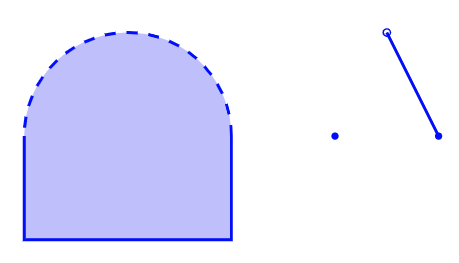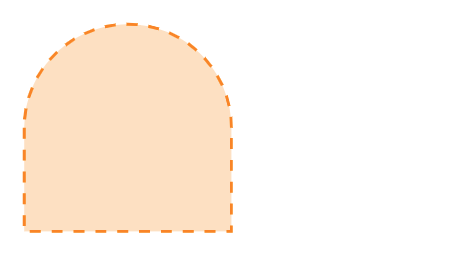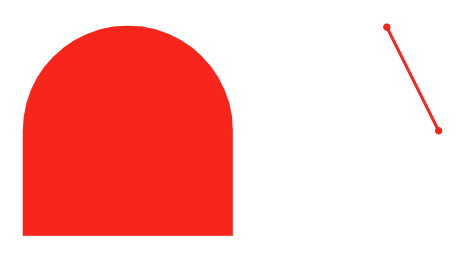Consider the set
\begin{equation*}
A_0=\bigcup\left\{B_\epsilon(z)\ \middle\vert \ z\in A\text{ and } B_\epsilon(z)\subseteq A\right\}\ .
\end{equation*}
Clearly \(\mathring{A}\subseteq A'\text{,}\)
Notice that in order to be in
\(\mathring{A}\text{,}\) \(z\) must have an open ball
\(B_\epsilon(z)\) around it which also lies in
\(A\text{.}\) Moreover, each point of that open ball has a (smaller) open ball around it which lies in
\(A\text{;}\) hence the entire ball
\(B_\epsilon(z)\) is inside
\(\mathring{A}\text{.}\) Therefore
\(A_0\subseteq \mathring{A}\text{.}\)
This shows that
\(\mathring{A}=A_0\text{,}\) and
\(A_0\) is the union of open sets, hence open.




